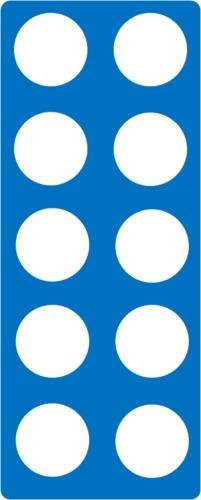

X2 = 8″x10″ The single most popular enlargement size in the USA. In this next example you’ll see some very familiar sizes. X4 = 8″x12″ – A common portrait print size. X2 = 4″圆″ – Your basic minilab/drugstore print Since it’s likely one that most of our readers will have had some experience in, let’s start there. So let’s try this with our other sample aspect ratios:Ģ:3 is the ratio of 35mm, most DSLRs and digital hand-held cameras in the consumer market. The 5×7 print size still exists, but it does need some cropping for most modern images. These are not very recognizable sizes today, in part because this aspect ratio has not been used in cameras for several generations. Now that we have an aspect ratio, let’s look at what print sizes this will match without cropping:

These numbers won’t divide down further so we have our final aspect ratio. The number two looks like a good fit here:Ģ.5 x 2 = 5 : 3.5 x 2 = 7 for an aspect ratio of 5:7. These dimensions will not divide by the same amount to reach a whole number, so we must go up. Let’s take a 2.5″ x 3.5” print – commonly called “yearbook wallet size”. Some print and image sizes might need to multiply up to get to a good whole number. This means that an image that fits our ratio will scale to either size print without the need to crop off image area. So our 4×6 and our 16×24 all have the same 2:3 aspect ratio. Now you might recognize that last one as the same ratio we determined from the 4″圆″ print. We can take this further, yes?Ĩ / 2 = 4 : 12 / 2 = 6 and now we have 4:6 and we can still go down further.Ĥ/2 = 2 : 6/2 = 3 No other whole number division can occur, so our aspect ratio is 2:3 or “2 by 3″ The 24″ dimension divides equally by three (3×8) but the 16” dimension does not (16/3= 5.33333) so we’ll try dividing by 2:ġ6 / 2 = 8 : 24 /2 = 12 and we get 8:12. Let’s add another example: the 16×24 print size. Neither number divides by three down to a whole number, but we can divide equally by two.Ĩ/2 = 4 : 10/2 = 5 No other whole number division can occur, so our aspect ratio is 4:5 or “4 by 5″ Most print sizes will divide by 2 or 3 A few simple examples are a 4″圆″ print and an 8×10″ print.įinding the ratio of the 4×6 would look something like this:Ĥ×6 = 4:6 and the smallest number that these numbers can be divided by is 2.Ĥ/2 = 2 : 6/2 = 3 No other whole number division can occur, so our aspect ratio is 2:3 or “2 by 3” The aspect ratio is determined by reducing dimensionA:dimensionB to the lowest common denominator. Since a great deal of our customers are from around the globe, and we don’t want to risk confusion in a print order, we prefer to use the word “by” instead. Sounds like you just counted to three right? Welcome to english where we have two too many toos to go around. Note: officially when you verbally state a ratio, that little colon would be substituted with the word “to”, as in a ratio of 1 to 3. Or an images that is 4 inches on the shortest side would be 12 on the other. So a print that is 1 inch on the shortest side would be 3 inches on the other side. Proportions are written as two numbers separated by a colon, such as 1:3 – meaning that for every 1 the other gets 3. Cropping is required if the image aspect ratio does not match the print size aspect ratio. For the purpose of our discussion, we are determining ratios to know if we will need to crop our image more to get it to fill all of a given print size. Images have their aspect ratios determined by either the camera or the cropping. to fit a print size, sometimes for aesthetics – each ratio has its own gestalt – or feeling. Proportions are used for many purposes in the graphic and photographic arenas, sometimes for technical reasons i.e. being short-hand speak for “proportions.” If it does not match we call this “fails to pro”.

When the proportions of your image, match the size you want to print, we say that it “pros out”. Proportions, or “aspect ratios” are really just the comparison of one dimension to the other, ie.
#PRINT ASPECT RATIO CALCULATOR FULL#
No, not THAT one, this one => : These two quiet dots carry the full weight of the answer to the problem and it comes in the form of proportions. You’ve been faced with it too: Not knowing what print sizes your file will fit on without cropping.


 0 kommentar(er)
0 kommentar(er)
